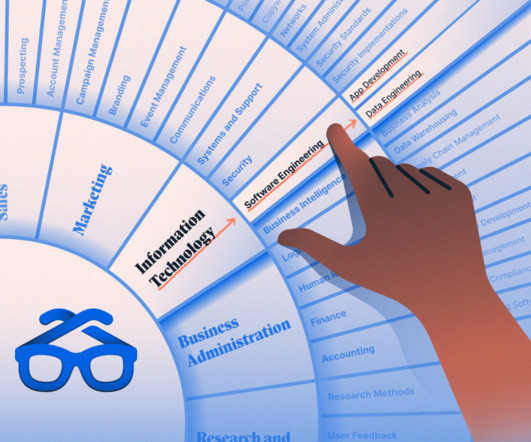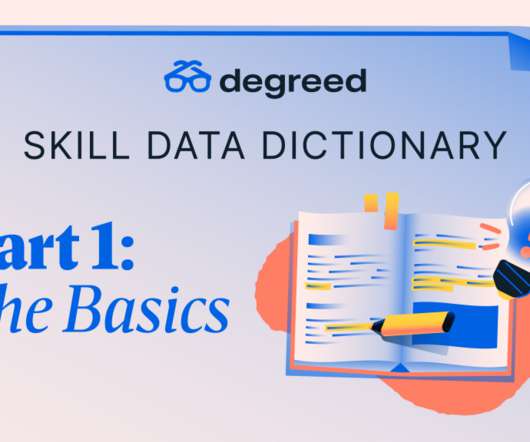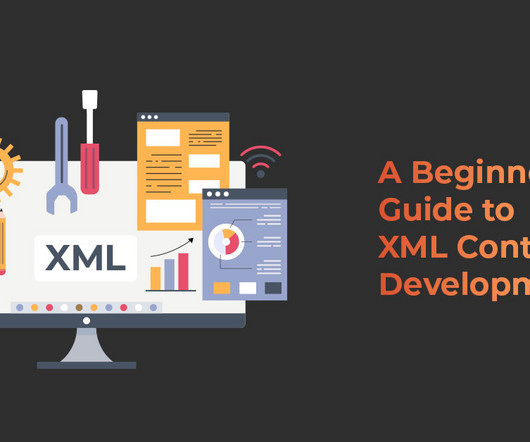Skills Taxonomy & Why it Matters to Businesses
eloomi
JANUARY 20, 2023
What is a skills taxonomy? A skills taxonomy is a hierarchical classification of skill sets, which can be used to organize and describe the knowledge within an industry. To put it in the most simple words, a taxonomy is a categorization of things.
















































Let's personalize your content